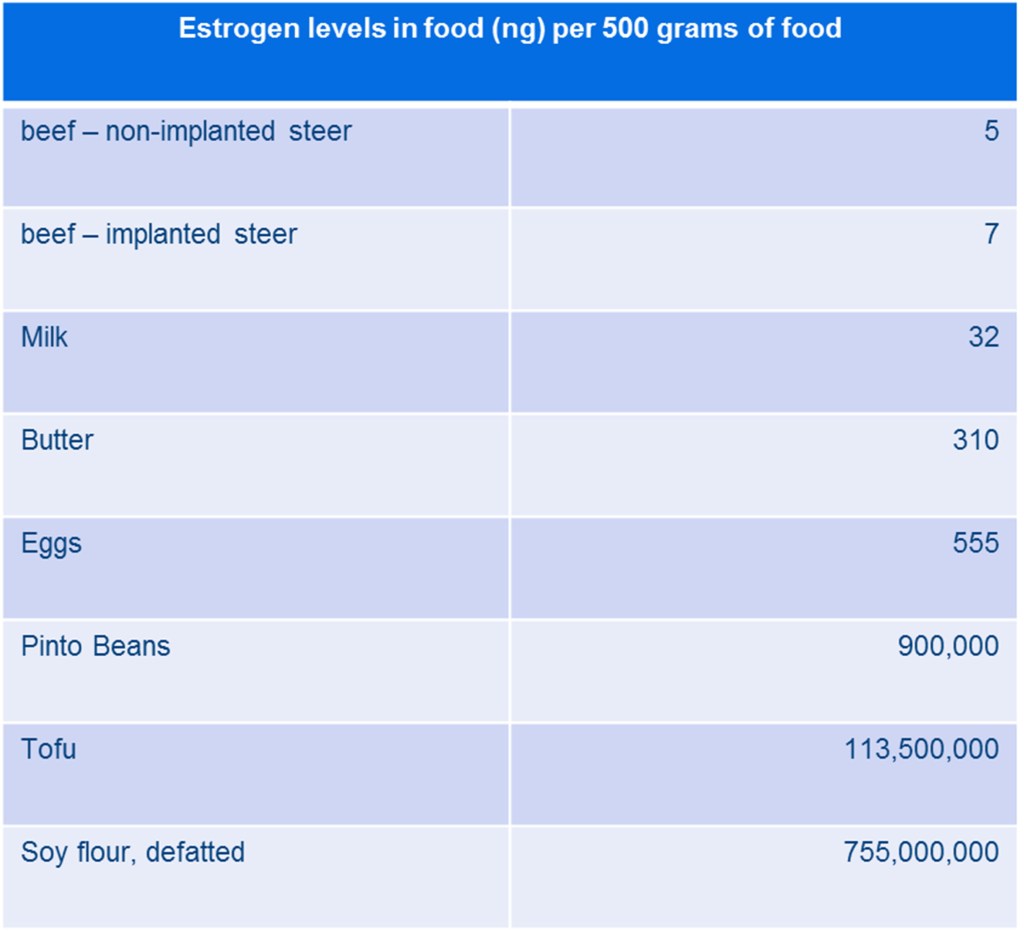THE GARDEN SPOT: Popular food fables, part 2: Beef
Published 3:11 pm Wednesday, October 4, 2017

- Estrogen in food
In 2015, the total U.S. beef consumption reached 24.8 billion pounds. That’s a whole lot of burgers and steak.
The majority of the beef cattle industry in Alabama consists of cow-calf operations, meaning a herd of cows are kept by an operation to produce more animals through natural breeding or artificial insemination. Both momma cows and offspring produced are raised on pasture grass and forages until the calves are weaned and sold to a feedlot for finishing, where they may be fed grain-based diets to reach slaughter size and weight.
Trending
In January 2017, there were 1.3 million head of cattle and calves on Alabama farms, according to Alabama Agriculture Statistics Service. Needless to say, the cattle industry is important economically to the state of Alabama, as well as Limestone County. The total value of cattle on Alabama farms in 2017 was $1.2 billion. Limestone County is also home to the second largest Cattlemen’s Association in the state.
Just like poultry, beef has several food fables associated with it. Let’s take a look and separate fact from fiction.
Grass-fed beef is not only healthier, but better for the environment.
Grass-fed means the animal must be grass- or forage-fed for the lifetime of the animal, excluding the time the animal is on milk. While grass-fed beef does contain higher levels of omega-3 fatty acids, beef is not a great source of omega-3 — regardless of feed.
Grain-fed beef is lower in omega-3 but typically higher in protein and zinc. As far as grass-fed having less of an environmental impact, it actually requires 45 percent more land, 76 percent more water, 49 percent more feed and produces 51 percent more manure and 42 percent more carbon dioxide compared to conventionally finished beef, according to the National Cattlemen’s Beef Association.
All conventionally raised meat animals are pumped full of hormones that are dangerous.
Trending
Some cattle do receive growth hormones that come in three different categories — estrogen-based, testosterone-based and progesterone-based. All of these are naturally occurring hormones in humans and animals, and they are needed for reproduction and growth.
Most growth hormones are used to supplement existing hormones or compensate for missing hormones in an animal’s body. For example, steers (castrated bulls) implanted with a growth hormone gain weight at about the same rate as a bull.
These hormones are necessary due to the removal of the testicles, which produce growth hormones. The hormones in growth implants are metabolized or used by the animal’s body before it goes to harvest. Now the fear comes in to play, because many consumers are fearful of the amount of hormones we consume while consuming meat that has added hormones. The accompanying chart looks at estrogen levels in food. You can clearly see that the differences in estrogen levels between an implanted and non-implanted steer is only 2 nanograms. You receive far more estrogen per 500 grams of tofu than you do consuming the same 500 grams of implanted beef.
The argument between grass-fed or grain-fed really comes down to personal preference. Regardless of what you choose, choose one, because, “Beef — it’s what’s for dinner.”
Hopefully, this article dispelled some of the misinformation regarding our food supply and will help consumers make wiser decisions related to food based on facts not fear.
— Becker is the Limestone County Extension Coordinator for the Alabama Cooperative Extension System. Thompson is the Regional Extension Agent for Animal Sciences and Forages, Tennessee Valley Region. For information on topics related to the home and garden, contact any office of the Alabama Cooperative Extension System. The Limestone County Office is located at 1109 West Market St. in Athens. Office hours are 8 a.m.-4:30 p.m. Monday through Friday. For more information, call 256-232-5510 or visit www.aces.edu.





